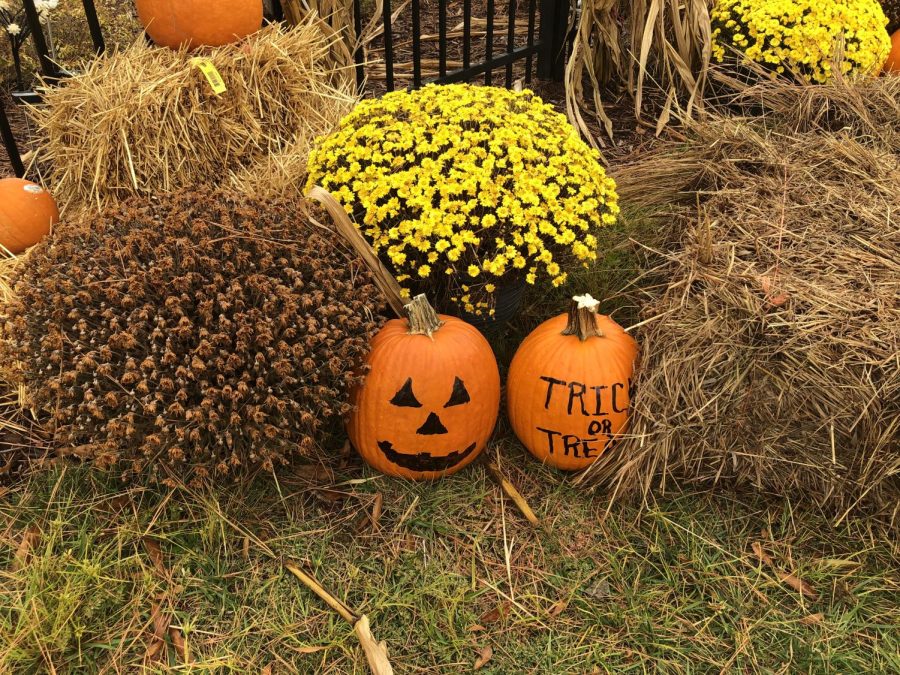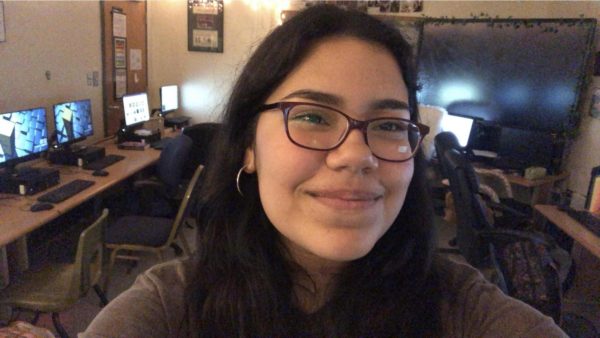The history behind Halloween
Halloween remains an intensely celebrated holiday all over the world. While people continue to celebrate it, multiple do not know the true history of Halloween, its origins and how it spread and became celebrated throughout the world. As exciting as the holiday feels, its history remains equally interesting.
October 31, 2022
For multiple people, Halloween holds a special place in their hearts, reminding them of their childhood and delightful memories of the holiday. Although over 172 million Americans partake in the exciting activities of Halloween, rarely do any of them know the true history of one of their beloved holidays. The history of Halloween remains a mystery to numerous, especially the younger celebrants of the holiday.
Halloween originates from the ancient Celtic festival of Samhain. The Celts came from Central Europe and included people with origins from Britain, France and Spain as they spread throughout Western Europe. The Celts migrated from ancient lands that evolved into current Ireland. Traces of the Celtic language still reside in parts of Britain and Ireland.
The original intention of Samhain changed throughout history, to then become honored for different reasons. The first time the Celts celebrated Samhain, they dressed in scary outfits and lit a bonfire to repel rumored ghosts surrounding their land. Once several countries and regions heard about the gathering that took place in the fall, they decided to change the stories related to the gatherings and the routine that took place during them.
Samhain started to become known as a time to celebrate the changing of seasons and daylight hours from light to dark. As others saw Samhain as a celebration, they started to dress for the occasion in what society now recognizes as costumes. People ate sweets and treats to maintain their celebrations and danced around their bonfires while avoiding hunger.
“I always thought that Halloween was made for little kids to celebrate. In middle school when we were learning about Europe, we talked about Ireland and the teacher mentioned something about how the true meaning of Halloween got changed around as it traveled from Ireland to America. I had never heard of the origins of Halloween before that day and I still don’t hear enough people teaching and talking about it,” sophomore Zoe Williams said.
Samhain turned into a known holiday when Pope Gregory III changed the holiday’s name in the eighth century. The Pope tried to create his own spinoff of Samhain, known as All Saints’ Day, to stop the converts from following a non-Christian celebration and rather encourage them to celebrate saints and martyrs. Samhain evolved into All Saints’ Day,to then All Souls Day, All Hallows’ Eve and All Hallows’ Day and present-day Halloween.
“I know that Halloween started about 2,000 years ago from the Celtic Festival. I think that not many people know much about the Celtics and how they came up with Halloween. What mainly every teenager knows is that now Halloween is a day of dressing up and going to parties while kids dress up to go trick-or-treating,” sophomore Bethlehem Esayas said.
The difference in names of the holiday each came with minimal changes in terms of celebration and gatherings. Nearly every change in the name of Halloween meant only religious people could celebrate the holiday. Now, several religious groups reject Halloween because they claim that the holiday worships evil.
Over time, Samhain’s original name, meaning and purpose changed. Americans now celebrate Samhain as Halloween, a holiday where people dress up, attend parties and provide candy to those who trick-or-treat. No matter which way they celebrate Halloween, multiple people continue to enjoy celebrating the holiday that others once recognized as Samhain.







